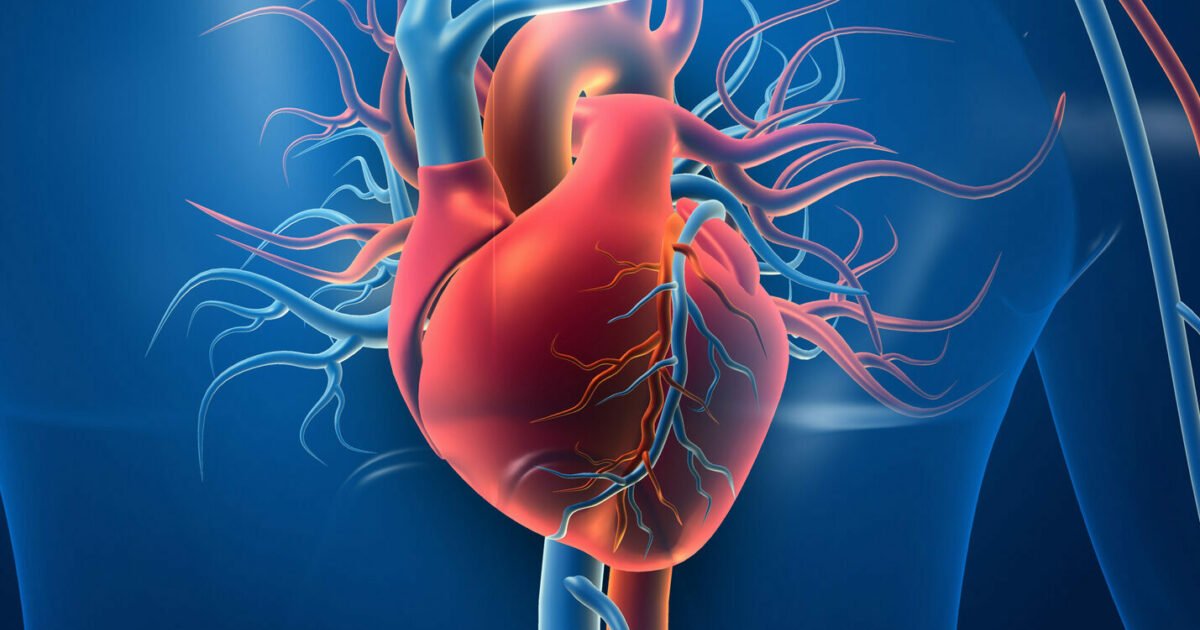How academic-industry synergy assuages rising Brain Disorders
September 30, 2021 | Thursday | Features | By Dr Manbeena Chawla
With an ageing population globally, the burden of neurological disorders is rapidly increasing, posing a challenge to the sustainability of health systems. The burden of neurological disorders such as stroke, headache disorders, epilepsy, Alzheimer’s disease, Parkinson’s disease, multiple sclerosis, encephalitis, meningitis, traumatic brain injuries, among others, is also expected to increase in India due to the rapid demographic and epidemiological transition occurring in the country. To add to it, factors such as shortages in the neurology workforce, inadequate research funding, limited supply of drugs, and scarcity of basic healthcare amenities, are making the situation worse. Let's try to unearth the practicable solutions and innovations stemming from the industry and academia.
image credit- shutterstock
Neurological disorders, both fatal and non-fatal, are among the leading contributors to the burden of non-communicable and communicable diseases in India. In the past three decades, most studies in India have shown a high disease burden for neurological diseases including Alzheimer’s disease, stroke, epilepsy, Parkinson’s disease, and dementia, mostly reported for the urban Indian population. On the other hand, neuro-infectious diseases such as meningitis, encephalitis, progressive multifocal leukoencephalopathy, HIV-associated neurodegeneration etc. are also increasing heavily in number.
Disability-adjusted life years (DALYs) are an important metric for assessing the burden of neurological disorders, and they continue to increase year after year. According to a study published in the Lancet in 2021, the contribution of non-communicable neurological disorders was 4 per cent in 1990, doubling to 8·2 per cent in 2019, while injury related neurological disorders contributed 0·2 per cent in 1990 and 0·6 per cent in 2019.
The study also revealed that among all neurological disorders in India in 2019, stroke, headache disorders, and epilepsy contributed to the greatest disease burden in terms of DALYs. Except for stroke, only small proportions of neurological disorder DALYs were attributable to known risk factors, implying that more research is needed to understand association with risk factors.
For instance, smoking is a risk factor for Alzheimer’s disease and other dementias and multiple sclerosis, but shows a protective effect for Parkinson’s disease. Likewise, alcohol use is a risk factor for stroke and idiopathic epilepsy, which is also more prominent in males due to higher alcohol use among males in India. On the other hand, the leading risk factors for stroke are high systolic blood pressure and air pollution, followed by dietary risks, high fasting plasma glucose, high BMI, and smoking and secondhand smoke.
“The rise of non-communicable disease related risk factors, as leading contributors to neurological disorders and resultant disability in India, is not a surprise. It reflects the demographic, socio-economic transitions that have steered the shift in our epidemiological profile over the past 30 years. What is helpful is the recognition that much of this burden of disease and disability is related to modifiable risk factors which can be reduced at the population level and corrected at the individual level. We need policy, health system and personal level actions to achieve healthy ageing across a long life course”, points out Prof. K Srinath Reddy, President, Public Health Foundation of India, New Delhi.
Further research is indeed required to fill the knowledge gaps regarding the distribution, outcomes, and determinants of neurological disorders across the country. Given the poor availability of proper neurology health services, lack of knowledge and awareness, limited scientific projects, and the stigma attached to these disorders in the country, efforts are needed by all stakeholders to the understanding of neurological diseases, with regard to diagnosis, treatment and preventive approaches wherever possible.
“Several government policies and initiatives are in place to address the burden of neurological disorders across India, however more focused efforts are required for the planning of specific neurology services in each state. There is a need to address the shortage of trained neurology workforce, and strengthen early detection and cost-effective management of neurological disorders in the country”, reflects Dr Vinod Paul, Member, NITI Aayog, New Delhi.
Technology governing neuro-management
With the rise in incidences of neurological diseases in India, the adoption of technology for diagnosing and managing these conditions has accelerated rapidly in the past decade. In particular, the growth of the Indian neurological devices market is being driven by an emphasis on developing superior neuro-modulation and neuro-stimulation techniques, leveraging minimally invasive procedures that benefit patients. The market is currently dominated by global players such as Medtronic, Abbott, Stryker, Boston Scientific, to name a few.
Click here to read the full story...










